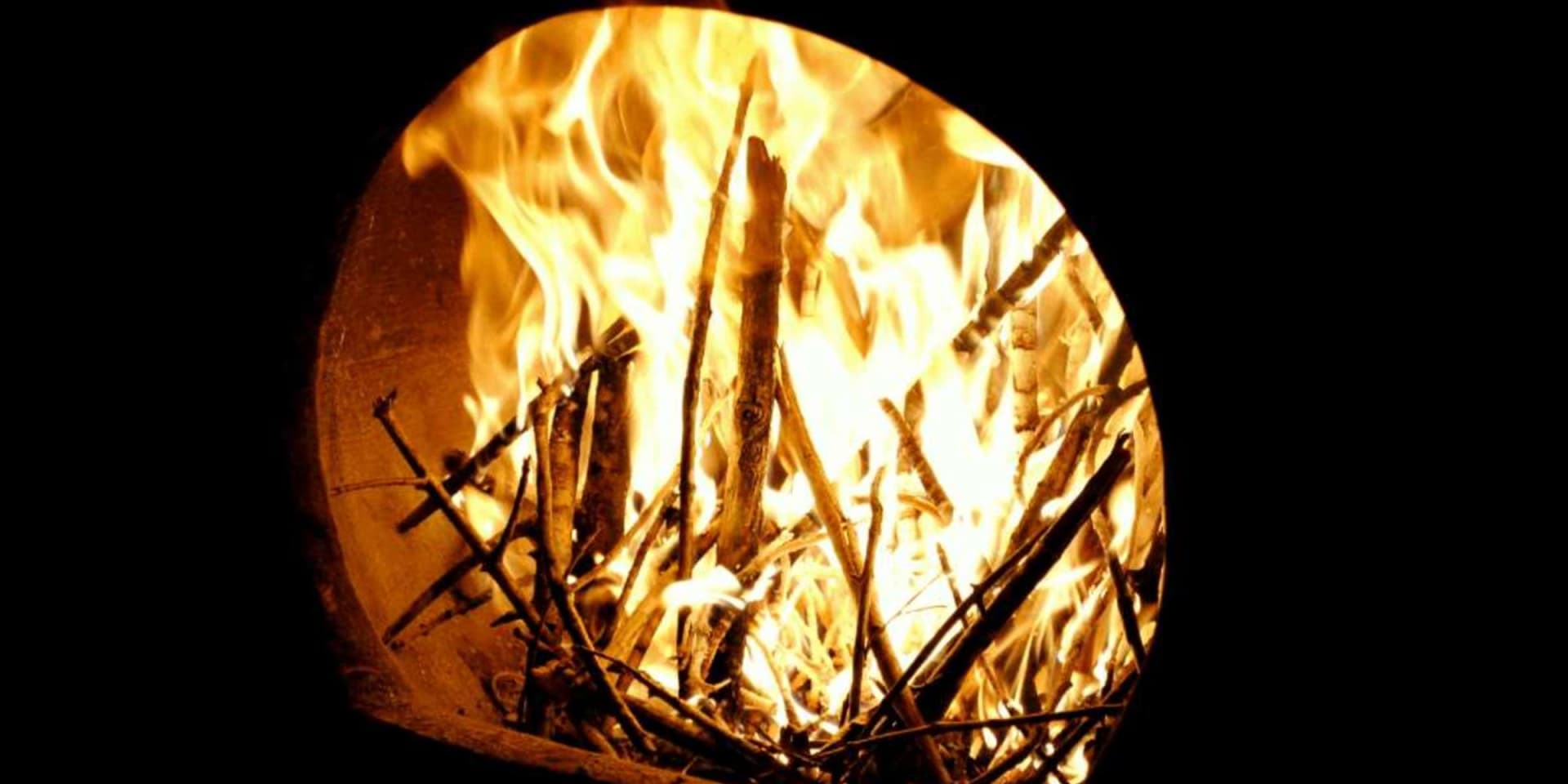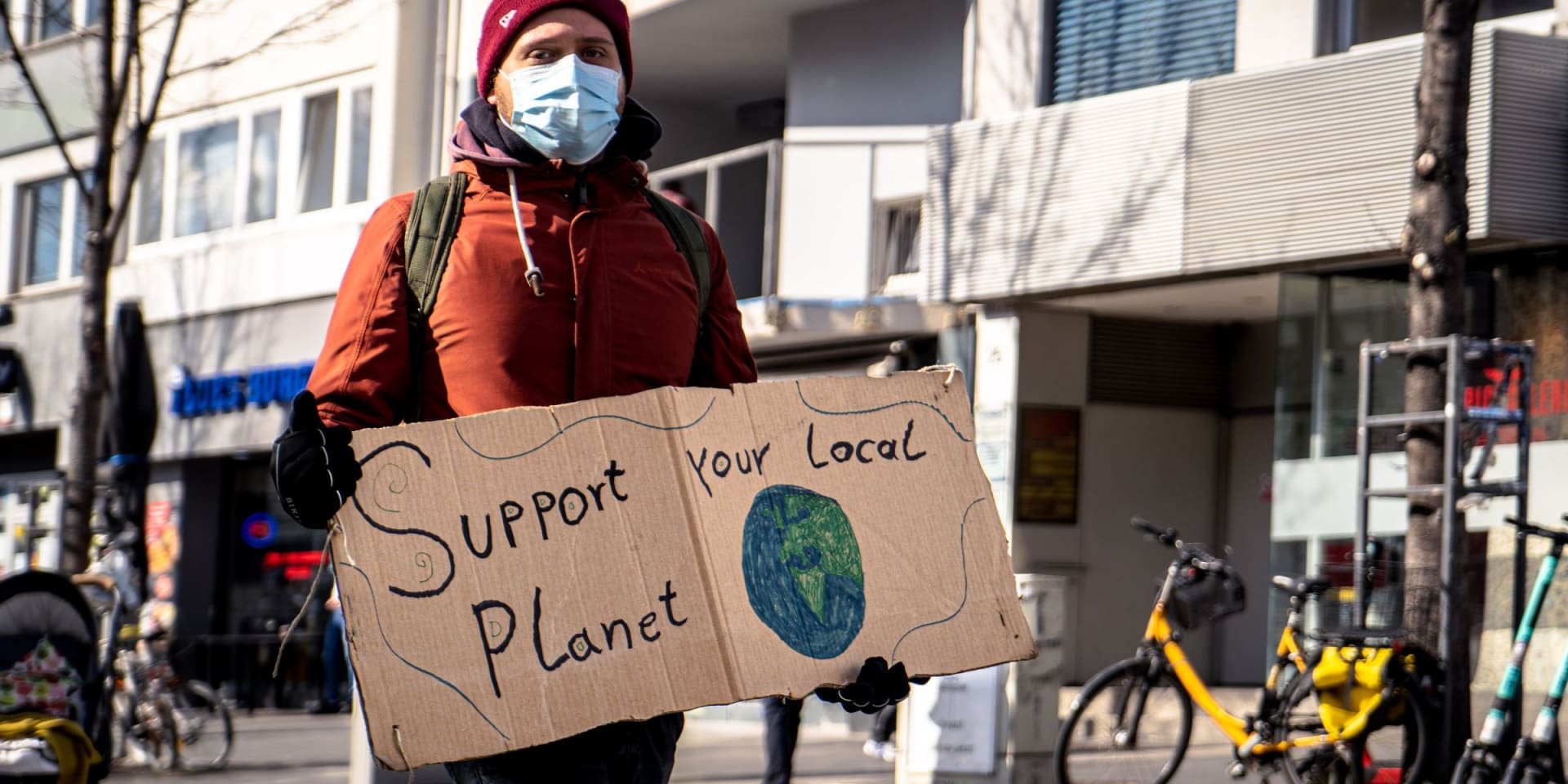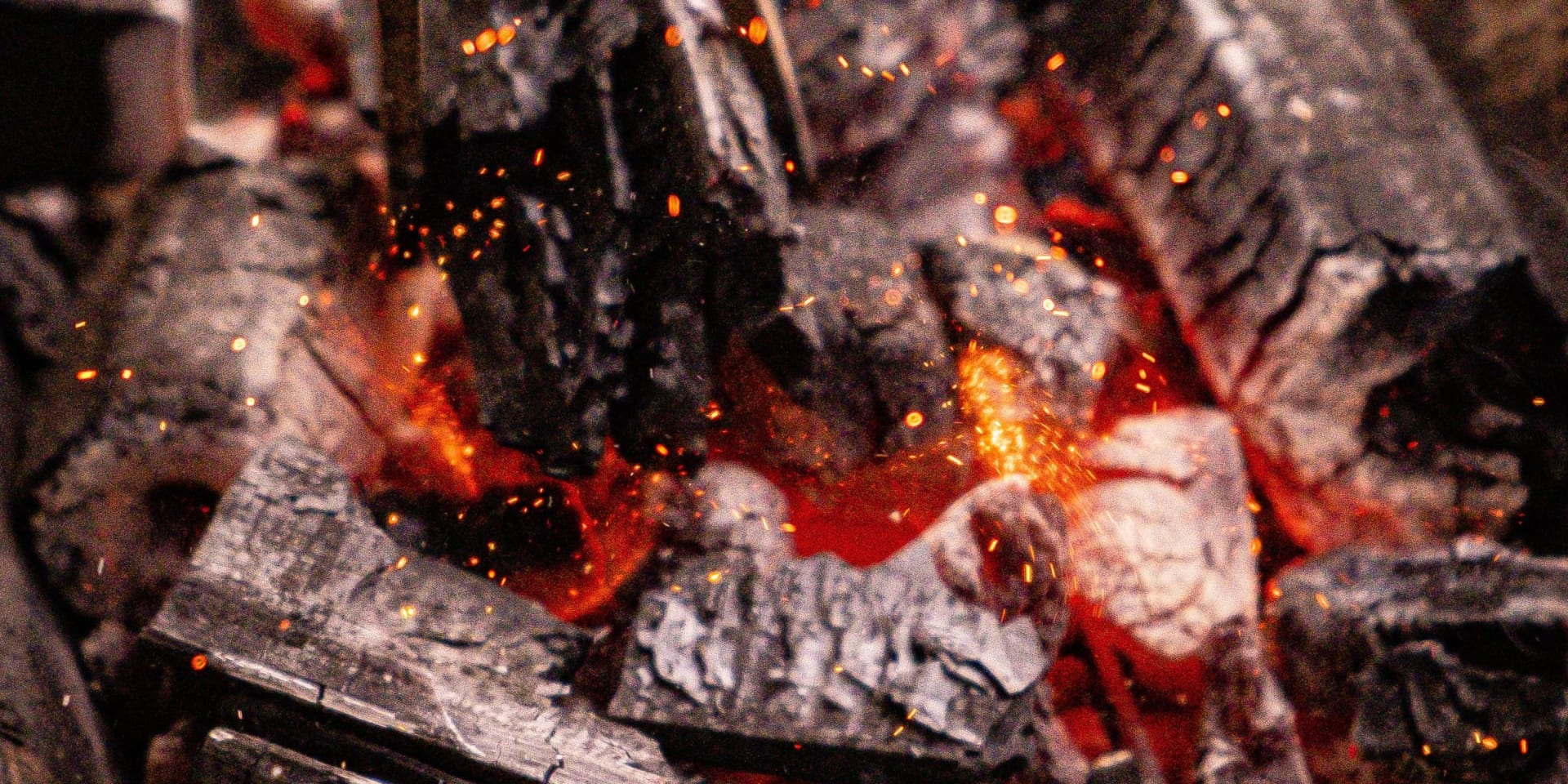Can You Use Coal in A Chiminea
If you’re looking for a cozy and stylish way to enjoy the warmth of a fire in your outdoor space, you might be considering buying a chiminea. These traditional Mexican fire pits have become increasingly popular around the world, thanks to their rustic charm and practicality. However, if you’re new to owning a chiminea, you might be wondering what types of fuel are suitable for them.
Can you use coal in a chiminea? In this blog post, we’ll explore this question in detail, looking at the pros and cons of using coal and offering tips on how to use your chiminea safely and efficiently. So grab a cup of cocoa, put on your cozy socks, and let’s dive in!
Table of Contents
1. Why coal is not recommended in chimineas
First of all, it’s important to note that chimineas are designed to burn logs or charcoal, not coal. Burning coal in a chiminea can be dangerous and cause several issues, including:
– Excessive smoke: Coal produces a lot of smoke when burned, which can be irritating to your eyes and lungs. It can also create a strong odor that may not be pleasant.
– Increased risk of chimney fires: Coal burns hotter than wood or charcoal, which can create excessive heat in the chiminea and increase the risk of a chimney fire. Chimney fires can be dangerous and cause significant damage to your property.
– Difficulty in lighting: Coal can be difficult to light compared to wood or charcoal. It requires a lot of heat and oxygen to start burning, which can be challenging to achieve in a chiminea.
While coal should generally not be used in chimineas, some specialized chimineas are designed to burn coal. These models may have a different design or feature a larger opening to accommodate the different fuel types.
For most people, however, it’s best to stick with safer and more suitable fuels like wood or charcoal. Charcoal is a great alternative to coal as it burns hot and clean without producing excessive amounts of smoke. Plus, it’s easy to light and readily available at many stores.
When building a fire in your chiminea, it’s important to follow some safety precautions. Always ensure proper ventilation to prevent smoke buildup and never leave the fire unattended. Regular maintenance is necessary to ensure the chiminea lasts longer, so make sure to clean it regularly and store it in a dry place when not in use.
Overall, while coal may be tempting to burn in a chiminea, it’s simply not worth the risks. Stick to safe and suitable fuels instead to ensure a pleasant outdoor experience.
2. The dangers of burning coal in a wood fireplace
So, you might be wondering: why is burning coal in a wood fireplace a bad idea? Well, there are a few reasons. For starters, coal burns much hotter than wood, which means you run the risk of exceeding the safe temperature levels of your fireplace. This can damage your chimney or flue, putting you and your family at risk.
But it’s not just about the temperature. Burning coal produces dangerous carbon monoxide, which is a colorless, odorless gas that can be deadly if inhaled in large quantities. Plus, coal produces a lot of soot, which can clog your chimney and create a fire hazard.
While burning coal may seem like a cheap and easy heat source, it’s simply not worth the risks. Stick to using wood in your fireplace, or invest in a specialized chiminea designed for burning coal. And if you want to use charcoal, just make sure you’re using self-lighting charcoal, since regular charcoal can also produce dangerous amounts of carbon monoxide.
Remember, safety should always come first when it comes to heating your home. So take the time to educate yourself on the best practices for building a fire in your chiminea or fireplace, and always make sure you have proper ventilation to keep your home and your loved ones safe.
3. The exception to the rule: using coal in a specialized chiminea
So, you’ve read about why coal is generally not recommended for use in chimineas. However, there is an exception to the rule: specialized chimineas that are specifically designed for burning coal.
These types of chimineas are typically made of cast iron or steel and have a larger opening and deeper basin to accommodate the larger amounts of coal. They also have a dedicated air intake that allows for proper ventilation and combustion.
If you do decide to use coal in a specialized chiminea, it’s important to follow the manufacturer’s instructions and only use the amount of coal recommended. Do not try to burn too much coal at once, as this can cause the chiminea to become too hot and potentially damage it.
It’s also important to note that using coal in any type of outdoor fire should be done with caution and in compliance with local fire regulations. Always keep a fire extinguisher or hose nearby and never leave the fire unattended.
Overall, while coal can be used in a specialized chiminea, it’s still important to weigh the advantages and disadvantages before deciding on the best fuel to use. Charcoal remains a popular choice for its ease of use and clean burn, but hardwood can also provide a beautiful and aromatic fire.
4. Advantages of using charcoal instead of coal in chimineas
1. Why is charcoal recommended over coal in chimineas?
Ans: Charcoal burns cleaner than coal, reducing particulate emissions and producing less smoke. It also tends to generate less external heat, making it a safer fuel option for chimineas.
2. What benefits does charcoal offer for cooking in chimineas?
Ans: Burning charcoal provides an optimal cooking environment by producing a consistent heat source, perfect for grilling meats and vegetables. It can also be an excellent fuel option for overnight smoking.
3. Is charcoal a renewable fuel option?
Ans: Yes, charcoal is considered more environmentally friendly than coal because it’s made from sustainably harvested wood. Whereas coal is derived from non-renewable sources, charcoal can be routinely replenished by planting and growing more trees.
4. Can self-lighting charcoal be used in chimineas?
Ans: Yes, self-lighting charcoal can be used in chimineas, but it’s recommended to use a small amount for fire and not rely solely on this fuel. Charcoal chimney starters are an efficient way to light charcoal without the use of chemicals.
5. How does burning hardwood first affect the use of charcoal in chimineas?
Ans: Burning hardwood first creates hot wood coals, which can help ignite the charcoal. This method also produces less smoke and contributes to a more efficient burn in the chiminea.
In summary, using charcoal in chimineas provides numerous benefits, from cleaner burning to produce a consistent heat source for cooking. It’s a renewable fuel option and can be used in conjunction with hardwood, creating an even more efficient burn. Always use caution and proper safety precautions when building fires in chimineas.
5. Safety precautions for building a fire in a chiminea
Safety is always the top priority when it comes to building a fire in a chiminea. Here are some frequently asked questions about the safety precautions you should take when building a fire in your chiminea:
1. Why do I need to take safety precautions when building a fire in a chiminea?
Chimineas are made of materials like clay or metal that can heat up quickly and become very hot. To prevent any accidents, you need to take safety precautions when building a fire in your chiminea.
2. What are some safety precautions I should take when building a fire in a chiminea?
Some safety precautions you should take include placing the chiminea on a level surface away from flammable materials, keeping children and pets away from the fire, and never leaving the fire unattended.
3. Can I use gasoline to light the fire in my chiminea?
No, never use gasoline to start a fire in a chiminea. Gasoline is highly flammable and can cause an explosion, which can be very dangerous.
4. Can I touch the outside of the chiminea after the fire is lit?
No, you should not touch the outside of the chiminea after the fire is lit. The chiminea can get very hot, and touching it can cause burns.
5. How should I put out the fire in my chiminea?
To put out the fire in your chiminea, let the fire burn out naturally or use a fireplace tool to push the logs apart and allow the fire to burn out. Never pour water on the fire in a chiminea, as this can cause the chiminea to crack or break.
By following these safety precautions when building a fire in your chiminea, you can enjoy a relaxing and safe outdoor experience. Remember to always be cautious and use common sense when working with fire.
6. Best fuels to use in chimineas and fire bowls
1. What are the best fuels to use in chimineas and fire bowls?
The best fuels for chimineas and fire bowls are hardwood, such as oak or maple, and charcoal. These materials burn slowly and evenly, producing a nice warmth without excess smoke or sparks.
2. Can you use softwoods like pine in chimineas or fire bowls?
While you can technically use softwoods like pine, they tend to produce more sparks and smoke, which can be irritating to your eyes and lungs. Additionally, softwoods tend to burn faster and less evenly than hardwoods, so you may need to add more fuel more frequently.
3. Is it safe to use coal in chimineas or fire bowls?
No, it’s not safe to use coal in chimineas or fire bowls. Coal burns at a very high temperature and can easily damage the chimney, fire bowl, or surrounding materials. If you’re looking for an alternative to hardwood or charcoal, try using natural gas or propane instead.
4. Can I use charcoal in fire pits?
Yes, you can safely use charcoal in fire pits as well as chimineas. Charcoal is a convenient and easy-to-use fuel source that produces minimal smoke and sparks.
5. How do I properly build a fire in a chiminea or fire pit?
To build a safe and effective fire in a chiminea or fire pit, start by placing kindling at the bottom, followed by larger pieces of fuel, like hardwood or charcoal. Make sure to leave plenty of space around the fuel so air can circulate freely, and avoid using any flammable liquids to ignite the fire.
6. Do I need to clean my chiminea or fire pit after each use?
While it’s not strictly necessary to clean your chiminea or fire pit after each use, it’s a good idea to remove any leftover ash or debris to keep the area safe and tidy. Use a brush or scraper to gently remove any remnants of fuel or ash, and dispose of them safely according to local regulations.
7. The benefits of burning hardwood in chimineas
1. Can I burn hardwood in a chiminea?
Yes, burning hardwood in a chiminea is a great way to enjoy a cozy fire while benefiting from the many advantages that hardwood has to offer.
2. What are the benefits of burning hardwood in a chiminea?
Hardwood burns longer and hotter than softwood, which means that you’ll be able to keep your fire going for longer periods without having to add more fuel. Additionally, hardwood creates less smoke and provides a pleasing aroma that can enhance your outdoor experience.
3. What types of hardwood are suitable for chiminea fires?
Some of the best hardwoods for chiminea fires include oak, hickory, maple, and ash. These hardwoods are known for their long burn times and high heat output, making them perfect for chilly autumn nights.
4. How do you properly prepare hardwood for chiminea fires?
To get the most out of your hardwood, stack it at least a few days before using it to allow it to dry out completely. This will help prevent excess smoke and ensure that your fire burns longer and hotter.
5. Are there any safety precautions I should take when burning hardwood in a chiminea?
As with any fire, it’s important to exercise caution and practice proper safety measures. Always maintain a safe distance from the fire and keep a fire extinguisher or water source nearby in case of an emergency.
By burning hardwood in your chiminea, you’ll be able to enjoy a longer-lasting, hotter fire while minimizing smoke and maximizing aroma. Remember to always practice proper safety measures and enjoy your cozy fire to the fullest!
8. Can charcoal be safely used in fire pits?
Yes, you can use charcoal in a fire pit! Many people prefer to use it over wood because it burns longer and more evenly. However, there are a few things to keep in mind to ensure safety.
First, make sure you are using BBQ charcoal or charcoal specifically labeled for fire pits. Other types of charcoal may contain chemicals or additives that can be dangerous when burned. Also, be sure to light the charcoal properly without the use of lighter fluid or other highly volatile fluids. These can create unsafe and uncontrollable flames.
When using charcoal in a fire pit, be sure to allow for proper ventilation. Charcoal emits carbon monoxide, an odorless and deadly gas, as it burns. Make sure to keep the area around the fire pit clear of any flammable materials and do not leave the fire unattended.
Lastly, always have a fire extinguisher nearby in case of emergency.
In summary, charcoal can be safely used in fire pits as long as the proper precautions are taken. Stick with BBQ charcoal, light it safely, allow for ventilation, clear the surrounding area, and always have a fire extinguisher nearby. Enjoy the warmth and ambiance of your fire pit with peace of mind!
9. The importance of proper ventilation when using outdoor fires
1. Why is proper ventilation important when using outdoor fires?
Proper ventilation is important when using outdoor fires because it allows the smoke and harmful gases to disperse into the air, reducing the risk of respiratory problems and potential fires.
2. How can you ensure proper ventilation when using a chiminea or fire pit?
You can ensure proper ventilation by choosing an outdoor fire source with an adequate chimney or vent. If your chiminea or fire pit does not have a chimney or vent, make sure to place it in an area with plenty of open space and away from any buildings or trees.
3. Can you use a chiminea or fire pit indoors?
No, chimineas and fire pits are designed for outdoor use only. Using them indoors can result in a buildup of harmful gases that can cause respiratory problems and potentially start a fire.
4. What are some of the risks of not having proper ventilation when using outdoor fires?
The risks of not having proper ventilation when using outdoor fires include an increased risk of respiratory problems and potential fires.
5. Are there any safety precautions one should take when using outdoor fires?
Yes, some safety precautions include using only approved fuels, keeping a Class A fire extinguisher on hand, and never leaving the fire unattended. Additionally, make sure to always have proper ventilation and keep the fire away from any flammable materials.
10. Understanding the limitations of older coal fireplaces
1. Why shouldn’t you use coal in older fireplaces?
Using coal in older fireplaces can be dangerous because these fireplaces were not designed to handle the high temperatures and soot buildup that come with burning coal. The intense heat produced by coal can damage the brickwork and cause structural damage to the chimney.
2. Can you still use coal in older fireplaces with modifications?
It is not recommended to use coal in older fireplaces with modifications because the changes may not be enough to keep up with the extreme heat produced by coal. Additionally, retrofitting can be expensive and not always effective in ensuring safety.
3. What are the risks of burning coal in older fireplaces?
The risks of burning coal in older fireplaces include cracking or collapsing of the chimney, the spread of soot and ash, and the possibility of a dangerous chimney fire.
4. What should I do if I have an older fireplace and want to burn coal?
It is recommended to upgrade to a newer, safer heating system if you want to burn coal regularly. However, if you insist on using coal in your older fireplace, it is important to have it inspected by a professional, maintain proper ventilation, and use a high-quality chimney liner.
5. Are there other fuels that can be safely used in older fireplaces?
Yes, several fuels can be safely used in older fireplaces, such as hardwood, softwood, and charcoal. It is important to follow safety guidelines and always maintain proper ventilation.
6. What should I know before using any type of fuel in my older fireplace?
Before using any type of fuel in your older fireplace, it is important to have it inspected by a professional and maintain proper ventilation. Additionally, always follow safety guidelines and never leave a fire unattended.



